A World Hidden To Many...[ANIME]
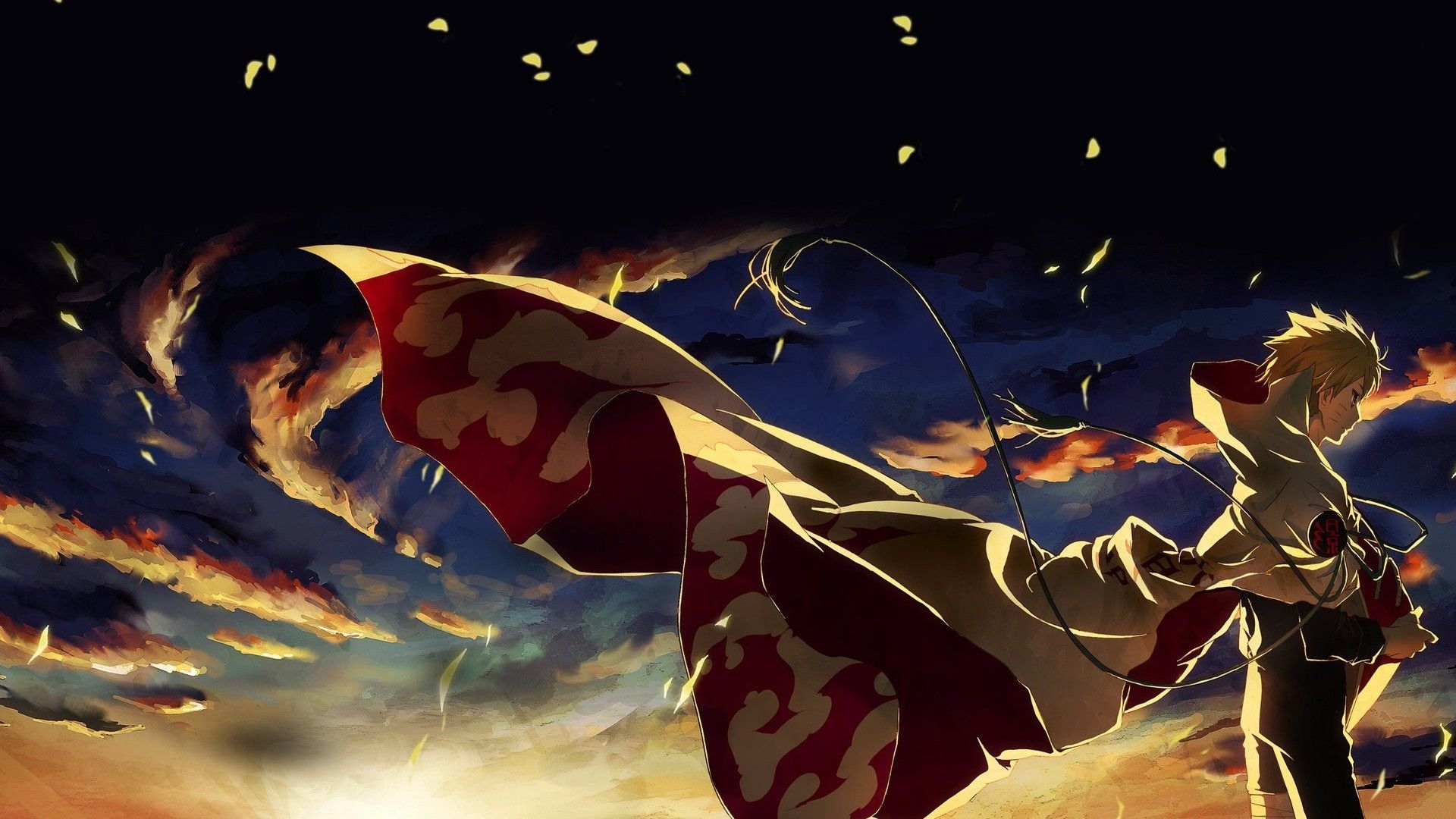
If I look from my opinion most of the world don't even know
about the word 'Anime'...
Well to make things clear about using the word 'Hidden' let's start with understanding about the word ANIME.
Anime
The word anime is the Japanese term for animation, which means all forms of animated media. Outside Japan, anime refers specifically to animation from Japan or as a Japanese-disseminated animation style often characterized by colorful graphics, vibrant characters, and fantastical themes. The culturally abstract approach to the word's meaning may open up the possibility of anime produced in countries other than Japan. For simplicity, many Westerners strictly view anime as a Japanese animation product.
Some scholars suggest defining anime as specifically or quintessentially Japanese may be related to a new form of Orientalism.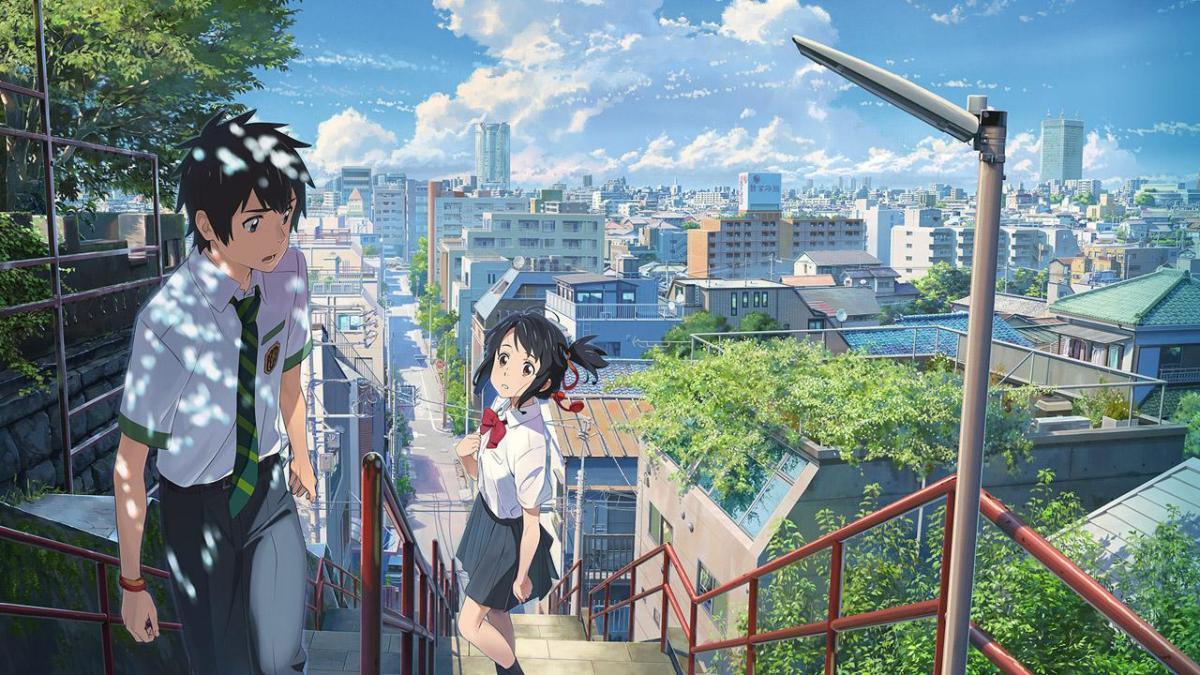
Anime is a diverse art form with distinctive production methods and techniques that have been adapted over time in response to emergent technologies. It consists of an ideal story-telling mechanism, combining graphic art, characterization, cinematography, and other forms of imaginative and individualistic techniques. The production of anime focuses less on the animation of movement and more on the realism of settings as well as the use of camera effects, including panning, zooming, and angle shots. Being hand-drawn, anime is separated from reality by a crucial gap in fiction that provides an ideal path for escapism that audiences can immerse themselves into with relative ease. Diverse art styles are used and character proportions and features can be quite varied, including characteristically large emotive or realistically sized eyes.
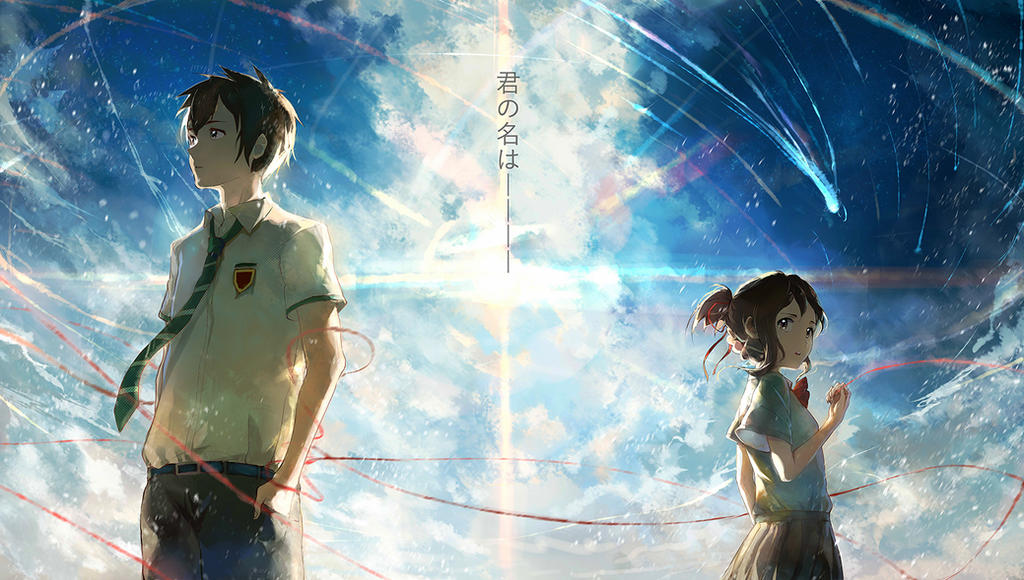
The anime industry consists of over 430 production studios, including major names like Studio Ghibli, Gainax, and Toei Animation. Despite comprising only a fraction of Japan's domestic film market, anime makes up a majority of Japanese DVD sales. It has also seen international success after the rise of English-dubbed programming. This rise in international popularity has resulted in non-Japanese productions using the anime art style. Whether these works are anime-influenced animation or proper anime is a subject for debate amongst fans. Anime is an art form, specifically animation, that includes all genres found in cinema, but it can be mistakenly classified as a genre.
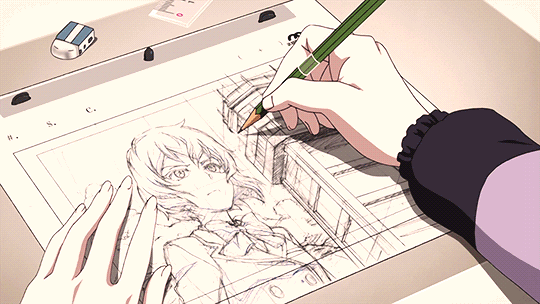
THE UNINTRODUCED HISTORY OF ANIME
Japanese animation began in the early 20th century when Japanese filmmakers experimented with the animation techniques also pioneered in France, Germany, the United States and Russia. A claim for the earliest Japanese animation is Katsudō Shashin, an undated and private work by an unknown creator. In 1917, the first professional and publicly displayed works began to appear. Animators such as Oten Shimokawa and Seitarou Kitayama produced numerous works, with the oldest surviving film being Kouchi's Namakura Gatana, a two-minute clip of a samurai trying to test a new sword on his target only to suffer defeat. The 1923 Great Kanto earthquake resulted in widespread destruction to Japan's infrastructure and the destruction of Shimokawa's warehouse, destroying most of these early works.
By the 1930s animation was well established in Japan as an alternative format to the live-action industry. It suffered competition from foreign producers and many animators, Noburō Ōfuji and Yasuji Murata, who still worked in cheaper cutout animation rather than cel animation. Other creators, Kenzō Masaoka and Mitsuyo Seo, nonetheless made great strides in animation technique; they benefited from the patronage of the government, which employed animators to produce educational shorts and propaganda. The first talkie anime was Chikara to Onna no Yo no Naka, produced by Masaoka in 1933. By 1940, numerous anime artists' organizations had risen, including the Shin Mangaha Shudan and Shin Nippon Mangaka. The first feature-length animated film was Momotaro's Divine Sea Warriors directed by Seo in 1944 with sponsorship by the Imperial Japanese Navy.

The success of The Walt Disney Company's 1937 feature film Snow White and the Seven Dwarfs profoundly influenced many Japanese animators. In the 1960s, manga artist and animator Osamu Tezuka adapted and simplified many Disney animation techniques to reduce costs and to limit the number of frames in productions. He intended this as a temporary measure to allow him to produce material on a tight schedule with inexperienced animation staff. Three Tales, aired in 1960, was the first anime shown on television. The first anime television series was Otogi Manga Calendar, aired from 1961 to 1964.
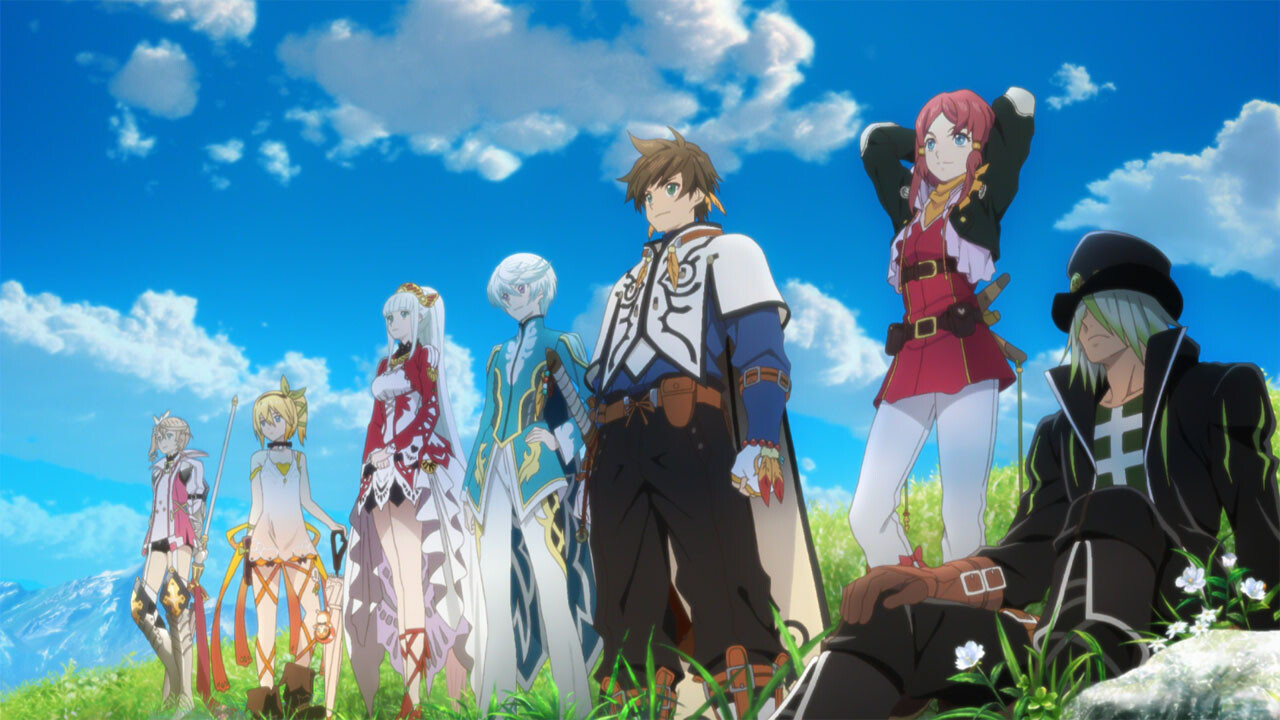
The 1970s saw a surge of growth in the popularity of manga, Japanese manga and graphic novels, many of which were later animated. The work of Osamu Tezuka drew particular attention: he has been called a "legend" and the "god of manga".

His work—and that of other pioneers in the field—inspired characteristics and genres that remain fundamental elements of anime today. The giant robot genre (known as "mecha" outside Japan), for instance, took shape under Tezuka, developed into the Super Robot genre under Go Nagai and others, and was revolutionized at the end of the decade by Yoshiyuki Tomino who developed the Real Robot genre. Robot anime like the Gundam and The Super Dimension Fortress Macross series became instant classics in the 1980s, and the robot genre of anime is still one of the most common in Japan and worldwide today. In the 1980s, anime became more accepted in the mainstream in Japan (although less than manga) and experienced a boom in production. Following a few successful adaptations of anime in overseas markets in the 1980s, anime gained increased acceptance in those markets in the 1990s and even more at the turn of the 21st century. In 2002, Spirited Away, a Studio Ghibli production directed by Hayao Miyazaki won the Golden Bear at the Berlin International Film Festival and in 2003 at the 75th Academy Awards, it won the Academy Award for Best Animated Feature.

THE BEAUTY OF ANIME
Anime differs greatly from other forms of animation by its diverse art styles, methods of animation, its production, and its process. Visually, anime is a diverse art form that contains a wide variety of art styles, differing from one creator, artist, and studio. While no one art style predominates anime as a whole, they do share some similar attributes in terms of animation technique and character design.
Animation technique
Anime follows the typical production of animation, including storyboarding, voice acting, character design, and cel production (Shirobako, itself a series, highlights many of the aspects involved in anime production). Since the 1990s, animators have increasingly used computer animation to improve the efficiency of the production process. Artists like Noburō Ōfuji pioneered the earliest anime works, which were experimental and consisted of images drawn on blackboards, stop-motion animation of paper cutouts, and silhouette animation. Cel animation grew in popularity until it came to dominate the medium. In the 21st century, the use of other animation techniques is mostly limited to independent short films, including the stop-motion puppet animation work produced by Tadahito Mochinaga, Kihachirō Kawamoto, and Tomoyasu Murata. Computers were integrated into the animation process in the 1990s, with works such as Ghost in the Shell and Princess Mononoke mixing Cel animation with computer-generated images. Fuji Film, a major cel production company, announced it would stop cel production, producing an industry panic to procure cel imports and hastening the switch to digital processes.Prior to the digital era, anime was produced with traditional animation methods using a pose to pose approach. The majority of mainstream anime uses fewer expressive keyframes and more in-between animation.
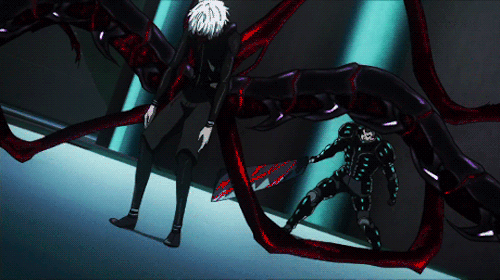
Characters
Body proportions of human anime characters tend to accurately reflect the proportions of the human body in reality. The height of the head is considered by the artist as the base unit of proportion. Head heights can vary, but most anime characters are about seven to eight heads tall. Anime artists occasionally make deliberate modifications to body proportions to produce super deformed characters that feature a disproportionately small body compared to the head; many super deformed characters are two to four heads tall. Some anime works like Crayon Shin-chan completely disregard these proportions, such that they resemble Western cartoons.A common anime character design convention is exaggerated eye size. The animation of characters with large eyes in anime can be traced back to Osamu Tezuka, who was deeply influenced by such early animation characters as Betty Boop, who was drawn with disproportionately large eyes. Tezuka is a central figure in anime and manga history, whose iconic art style and character designs allowed for the entire range of human emotions to be depicted solely through the eyes. The artist adds variable color shading to the eyes and particularly to the cornea to give them greater depth. Generally, a mixture of a light shade, the tone color, and a dark shade is used. Cultural anthropologist Matt Thorn argues that Japanese animators and audiences do not perceive such stylized eyes as inherently more or less foreign. However, not all anime have large eyes. For example, the works of Hayao Miyazaki are known for having realistically proportioned eyes, as well as realistic hair colors on their characters.
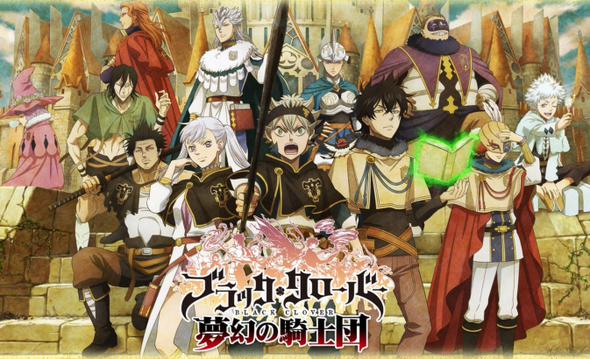
Hair in anime is often unnaturally lively and colorful or uniquely styled. The movement of hair in anime is exaggerated and "hair action" is used to emphasize the action and emotions of characters for added visual effect. Poitras traces hairstyle color to cover illustrations on manga, where eye-catching artwork and colorful tones are attractive for children's manga. Despite being produced for a domestic market, anime features characters whose race or nationality is not always defined, and this is often a deliberate decision, such as in the Pokemon animated series.
Anime and manga artists often draw from a common canon of iconic facial expression illustrations to denote particular moods and thoughts. These techniques are often different in form than their counterparts in Western animation, and they include a fixed iconography that is used as shorthand for certain emotions and moods, For example, a male character may develop a nosebleed when aroused. A variety of visual symbols are employed, including sweat drops to depict nervousness, visible blushing for embarrassment, or glowing eyes for an intense glare.
Music
The opening and credits sequences of most anime television episodes are accompanied by Japanese pop or rock songs, often by reputed bands. They may be written with the series in mind, but are also aimed at the general music market, and therefore often allude only vaguely or not at all to the themes or plot of the series. Pop and rock songs are also sometimes used as incidental music ("insert songs") in an episode, often to highlight particularly important scenes. EVEN I LISTEN ANIME OPENING AND ENDING SONGS...
DIVERSE ANIME INDUSTRY
The animation industry consists of more than 430 production companies with some of the major studios including Toei Animation, Gainax, Madhouse, Gonzo, Sunrise, Bones, TMS Entertainment, Nippon Animation, P.A.Works, Studio Pierrot and Studio Ghibli. Many of the studios are organized into a trade association, The Association of Japanese Animations. There is also a labor union for workers in the industry, the Japanese Animation Creators Association. Studios will often work together to produce more complex and costly projects, as done with Studio Ghibli's Spirited Away. An anime episode can cost between US$100,000 and US$300,000 to produce. In 2001, animation accounted for 7% of the Japanese film market, above the 4.6% market share for live-action works. The popularity and success of anime are seen through the profitability of the DVD market, contributing nearly 70% of total sales. According to a 2016 article on Nikkei Asian Review, Japanese television stations have bought over ¥60 billion worth of anime from production companies "over the past few years", compared with under ¥20 billion from overseas. There has been a rise in sales of shows to television stations in Japan, caused by late night anime with adults as the target demographic. This type of anime is less popular outside Japan, being considered "more of a niche product". Spirited Away (2001) is the all-time highest-grossing film in Japan. It was also the highest-grossing anime film worldwide until it was overtaken by Makoto Shinkai's 2016 film Your Name. Anime films represent a large part of the highest-grossing Japanese films yearly in Japan, with 6 out of the top 10 in 2014, in 2015 and also in 2016.
Anime has to be licensed by companies in other countries in order to be legally released. While anime has been licensed by its Japanese owners for use outside Japan since at least the 1960s, the practice became well-established in the United States in the late 1970s to early 1980s, when such TV series as Gatchaman and Captain Harlock was licensed from their Japanese parent companies for distribution in the US market. The trend towards American distribution of anime continued into the 1980s with the licensing of titles such as Voltron and the 'creation' of new series such as Robotech through use of source material from several original series.

In the early 1990s, several companies began to experiment with the licensing of less children-oriented material. Some, such as A.D. Vision, and Central Park Media and its imprints, achieved fairly substantial commercial success and went on to become major players in the now very lucrative American anime market. Others, such as AnimEigo, achieved limited success. Many companies created directly by Japanese parent companies did not do as well, most releasing only one or two titles before completing their American operations.
Licenses are expensive, often hundreds of thousands of dollars for one series and tens of thousands for one movie. The prices vary widely; for example, Jinki: Extend cost only $91,000 to license while Kurau Phantom Memory cost $960,000. Simulcast Internet streaming rights can be less expensive, with prices around $1,000-$2,000 an episode, but can also be more expensive, with some series costing more than US$200,000 per episode.
The anime market for the United States was worth approximately $2.74 billion in 2009. Dubbed animation began airing in the United States in 2000 on networks like The WB and Cartoon Network's Adult Swim. In 2005, this resulted in five of the top ten anime titles having previously aired on Cartoon Network. As a part of localization, some editing of cultural references may occur to better follow the references of the non-Japanese culture. The cost of English localization averages the US $10,000 per episode.
The industry has been subject to both praise and condemnation for fansubs, the addition of unlicensed and unauthorized subtitled translations of anime series or films. Fansubs, which were originally distributed on VHS bootlegged cassettes in the 1980s, have been freely available and disseminated online since the 1990s. Since this practice raises concerns for copyright and piracy issues, fansubbers tend to adhere to an unwritten moral code to destroy or no longer distribute an anime once an official translated or subtitled version becomes licensed. They also try to encourage viewers to buy an official copy of the release once it comes out in English, although fansubs typically continue to circulate through file-sharing networks. Even so, the laid back regulations of the Japanese animation industry tends to overlook these issues, allowing it to grow underground and thus increasing the popularity until there is a demand for official high-quality releases for animation companies. This has led to an increase in global popularity with Japanese animations, reaching $40 million in sales in 2004.
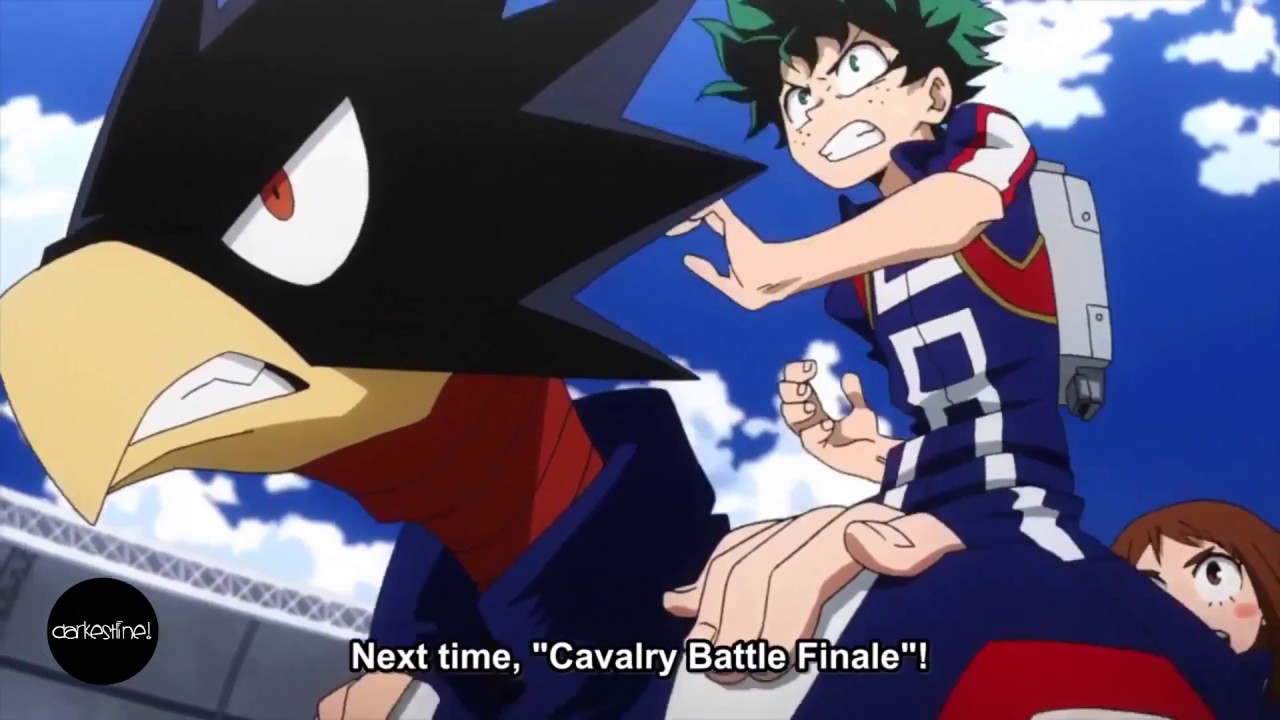
Legal international availability of anime on the Internet has changed in recent years, with simulcasts of series available on websites like Crunchyroll.
Markets
Japan External Trade Organization (JETRO) valued the domestic anime market in Japan at ¥2.4 trillion (US$24 billion), including ¥2 trillion from licensed products, in 2005. JETRO reported sales of overseas anime exports in 2004 to be ¥2 trillion (US$18 billion).JETRO valued the anime market in the United States at ¥520 billion (US$5.2 billion), including US$500 million in home video sales and over US$4 billion from licensed products, in 2005.JETRO projected in 2005 that the worldwide anime market, including sales of licensed products, would grow to ¥10 trillion(US$100 billion). The anime market in China was valued at US$21 billion in 2017 and is projected to reach US$31 billion by 2020.
Awards
The anime industry has several annual awards which honor the year's best works. Major annual awards in Japan include the Ōfuji Noburō Award, the Mainichi Film Award for Best Animation Film, the Animation Kobe Awards, the Japan Media Arts Festival animation awards, the Tokyo Anime Award and the Japan Academy Prize for Animation of the Year. In the United States, anime films compete in the ICv2.com Anime Awards There were also the American Anime Awards, which were designed to recognize excellence in anime titles nominated by the industry, and were held only once in 2006. Anime productions have also been nominated and won awards not exclusively for anime, like the Academy Award for Best Animated Feature or the Golden Bear.
THE OSCAR WINNER
'Your Name' + 5 Oscar-nominated Japanese anime films
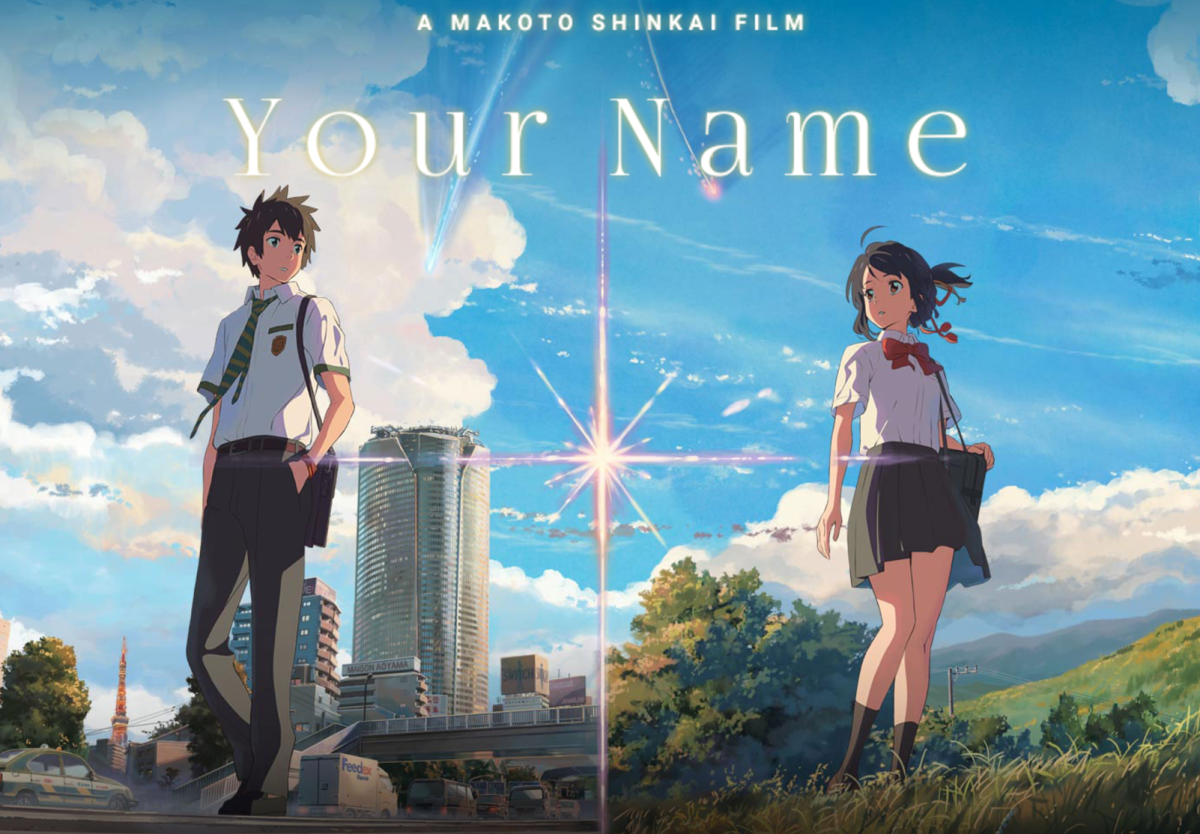
'OSCAR WINNER 'SPIRIT AWAY'

Fan response
Anime clubs gave rise to anime conventions in the 1990s with the "anime boom", a period marked by the increased popularity of anime. These conventions are dedicated to anime and manga and include elements like cosplay contests and industry talk panels. Cosplay, a portmanteau for "costume play", is not unique to anime and has become popular in contests and masquerades at anime conventions. Japanese culture and words have entered English usage through the popularity of the medium, including otaku, a derogatory Japanese term commonly used in English to denote a fan of anime and manga. Another word that has arisen describing fans in the United States is wapanese meaning White individuals who desire to be Japanese or later known as weeaboo for individuals who demonstrate a strong interest in Japanese anime subculture, which is a term that originated from abusive content posted on the popular bulletin board website 4chan.org. Anime enthusiasts have produced fan fiction and fan art, including computer wallpaper and anime music videos.

As of the 2010s, many anime fans use online communities and databases such as MyAnimeList to discuss anime and track their progress watching respective series.
Anime style
One of the key points that made anime different from popular Western animation is the emotional content. Once the expectation that the aspects of visual intrigue or animation being just for children is put aside, the audience can realize that many emotions such as suffering, death, pain, struggle, and joy can all be storytelling elements utilized in anime as much as other types of media. However, as anime itself became increasingly popular, anime styling has been inevitably the subject of both satire and serious creative productions. South Park's "Chinpokomon" and "Good Times with Weapons" episodes, Adult Swim's Perfect Hair Forever, and Nickelodeon's Kappa Mikey are examples of satirical depictions of Japanese culture and anime. Some works have sparked debate for blurring the lines between satire and serious "anime style" productions, such as the American anime style production Avatar: The Last Airbender. These anime styled works have become defined as anime-influenced animation, in an attempt to classify all anime styled works of non-Japanese origin. Some creators of these works cite anime as a source of inspiration and like the French production team for Oban Star-Racers moved to Tokyo to collaborate with a Japanese production team. When anime is defined as a "style" rather than as a national product it leaves open the possibility of anime being produced in other countries. A U.A.E.-Filipino produced TV series called Torkaizer is dubbed as the "Middle East's First Anime Show", and is currently in production, which is currently looking for funding. The web-based series RWBY is produced using an anime art style and has been declared to be anime. In addition, the series will be released in Japan, under the label of "anime" per the Japanese definition of the term and referenced as an "American-made anime". Netflix declared the company's intention to produce anime. In doing so, the company is offering a more accessible channel for distribution to Western markets. Defining anime as a style has been contentious amongst fans, with John Oppliger stating, "The insistence on referring to original American art as Japanese "anime" or "manga" robs the work of its cultural identity.
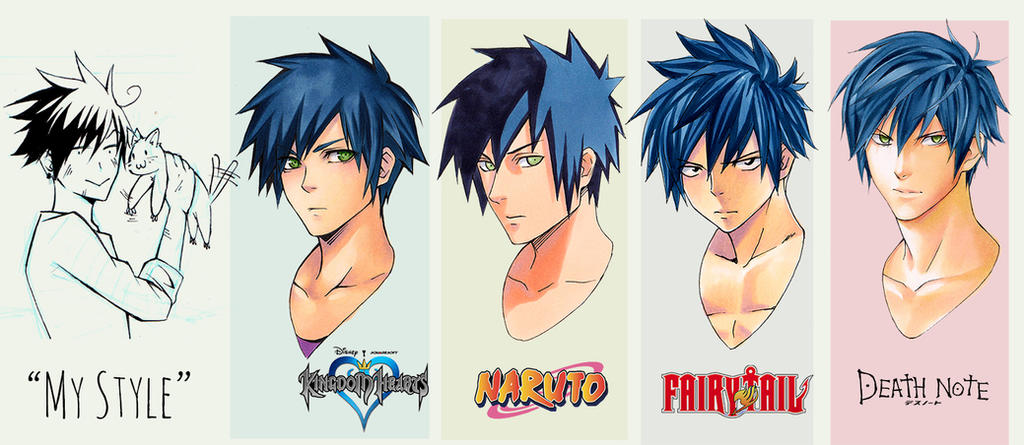
NARUTO SERIES [The best anime example]
1. Character development:
It is because of the awesome character development they have focused upon, during the whole series so far. Every main character portrayed in Naruto series has his/her own story. They don't just come and go away. Every character has a dark past behind what they are today. This character development binds the viewers with the story. They grow along with the character.

2. Antagonists:
Even the villains/antagonists portrayed in this anime series, are likable because they all have their own well-justified reasons choosing the darker path of destruction and hatred.
Example: Kabuto, Obito

3. The awesomeness of Characters like Itachi Uchiha: :)
This character deserves a special mention in itself. He is full of awesomeness. I also find him incredibly elegant and sad. His whole background story is extremely tragic, yet he chose to sacrifice everything for his village and his little brother. His jutsu are also amazing. The whole anime goes around the Uchiha clan incident. Itachi made the plot amazing by having everything predicted and pre-calculated. He can take anyone one-on-one and in terms of the Uchiha Clan one-on-many/most/all. His techniques are godly, especially with his Mangekyou Sharingan abilities. He performs his techniques at an incredible speed as well as having a variety of them from Fire Elements, Water Elements, and Shadow Clones. Don't say Naruto can beat him one-on-one because he got owned in Shippuuden. Kakashi got owned in episode 82. Sasuke got owned in 85. Shikamaru would be outmatched. Lee can't take on the Sharingan let alone Mangekyou Sharingan. Even when Gaara had the Shukkaku, Deidara beat him and Itachi can beat Deidara.

4. Lovable and righteous characters like Kakashi Hatake:
Many anime doesn't focus on developing the side characters and that is where they lack the most. Naruto series wins here. I personally like the character portrayed by Kakashi Hatake. He has been shown as a morally righteous, lovable, understanding sensei, smart, dependable and evolving throughout the series. He has witnessed challenging times and loss, and he still came out unscathed, both physically and morally. You are bound to love his story.

5. Deeply developed jutsu structure and variations:
Almost every character has his own unique style of fighting. They have developed a wide variation of jutsu which has been explained in simple words for understanding. Without this simplicity, the anime characters would seem just overloaded with powers and would not generate as much interest as the Naruto series does.

6. Sacrifices given for duty and love:

7. Fight scenes:
Unlike some other anime like One Piece, DBZ, etc. where the fight scenes are slow paced or/and without any tactics, the fight scenes in Naruto are well directed. The fight scenes are comparatively fast paced and well amount of tactics and strategies are involved in them. At every step, the opponents try to gauge the enemies' fighting ability and how to counter them. Also, the protagonist is not always fighting alone but rather several comrades are involved and they all have their contribution during the fight scenes. Some suspense is also there to be revealed during this stage as the fight progresses. This is done without taking unnecessary slow sequences. plus, the animation is also very good during those scenes. This makes the fight scenes actually interesting and thus bounds the viewers completely.
Asuma VS Hidan

Kakashi VS OBITO

Minato VS Obito

Naruto VS Sasuke

THE PLOT
The storyline is like a save the world, protect your friends and family type of thing. I found the "Naruto" series to be quite enjoyable with adventures and jokes and stuff like that (which was entertaining). The characters in this anime are interesting and you never know what they are thinking, which shows a type of realism in life. I think some characters' potentials are not shown to the biggest extent of this show. Characters also have a lot of feeling put into them.
The plot is brilliant in both series. The animation is much better in Naruto Shippuden and the dialogues are simply amazing. The battle scenes and the way Naruto and the rest come up with tactics are marvelous. The characters are 'awesome' (can't think of a better word). There are loads of emotional moments in this series, some that make you laugh, some that make you angry and some that make you cry.
It is also amazing to see the different characters evolve and grow both in maturity as well as in strength. I have even caught myself cheering like a total nerd when a character has learned a new move or went over his own boundaries. However, I feel that the side characters are being neglected in terms of development since they really can't compete with the main character's strength at all after a certain point.
So many amazing characters with such interesting back stories, every fight is so well thought out you don't know how the next one will top it, music is beautiful and spot on, but I think the best part of it is the story. It incorporates such dark themes, discrimination in a world where everyone actually isn't equal, and how the characters deal with each other with so many different powers and abilities, is almost overwhelming.
THE LINES
I don't care who I have to fight!
If he rips my arms out, I'll kick him to death!
If he rips my legs off, I'll bite him to death!
If he rips my head off, I'll stare him to death!
And if he gouges out my eyes, I'll curse him from the grave!

"Just shut up for once! What the hell do you know about it?! It's not like you ever had a family in the first place! You were on your own right from the beginning, what makes you think you know anything about it?! Huh?! I'm suffering now because I had those ties, how on earth could you possibly understand, what it feels like to lose all that?!"
ANIME IS NOT A CARTOON!!!!!
THE MISUNDERSTANDING OF JUDGING ANIME LIKE SHIN CHAN AND DORAEMON IS ONE OF THE REASONS OF NAMING IT A CARTOON. THERE IS A SKY-GROUND DIFFERENCE IN ANIME AND CARTOON...
IN CHARACTERISTICS

Anime illustrations are known to be exaggerated as far as physical features are concerned. Usually, one can differentiate an anime by observing the physical traits of the characters which would include "large eyes, big hair and elongated limbs", and "dramatically shaped speech bubbles, speed lines and onomatopoeic, exclamatory typography."
Cartoons, however, approximate reality a little more compared to anime and carry traces of day to day life in them. Striking resemblances to humans can be spotted in various cartoons. However, cartoons are still caricatures; so they often diverge from reality e.g. Marge Simpson's hair.
Facial Expressions

Facial expressions for anime characters are often different in form than their counterparts in western animation. For example, Embarrassed or stressed characters produce a massive sweat-drop (which has become one of the most widely recognized motifs of conventional anime). Characters that are shocked or surprised perform a "face fault", in which they display an extremely exaggerated expression. Angry characters may exhibit a "vein" or "stress mark" effect, where lines representing bulging veins will appear on their forehead. Angry women will sometimes summon a mallet from nowhere and strike another character with it, mainly for comic relief. Male characters will develop a bloody nose around their female love interests, typically to indicate arousal. Characters who want to childishly taunt someone may pull an "akanbe" face by pulling an eyelid down with a finger to expose the red underside.
Anime vs Cartoon Animation Techniques

Anime and cartoons both use traditional animation production processes of storyboarding, voice acting, character design, and cel production.
Anime is often considered a form of limited animation i.e. common parts are re-used between frames instead of drawing each frame. This fools the eye into thinking there is more movement than there is, and lowers production costs because fewer frames need to be drawn.
Anime scenes place an emphasis on achieving three-dimensional views. Backgrounds depict the scenes' atmosphere. For example, anime often puts emphasis on changing seasons, as can be seen in numerous anime, such as Tenchi Muyo!.
Subject Matter

Cartoons are usually intended to induce laughter; thus revolve around humorous concepts. There are some cartoons on the market that are educational in nature whilst retaining their amusing qualities that are generally targeted towards toddlers and kids.
Anime movies don't always follow a general concept. Their stories can range from pirate attacks to humorous adventures to tales of samurais. The majority of anime movies and shows differentiate themselves from their American counterparts by creating a plot that stays in place through out the entire series, showing viewers morals and a certain level of complexity. In short, Anime is aimed at people with longer attention spans who like to see a plot unravel over multiple episodes.
EXAMPLES

- Naruto and One Piece are examples of famous anime shows. Mickey Mouse, Donald Duck, Bugs Bunny and Superman are examples of cartoons.

ANIME FOR EVERYONE
THERE IS NO AGE LIMIT TO WATCH ANIME. THERE ARE DIFFERENT ANIME FOR CHILD OR AN OLD...
Firstly, the art of Japanese anime is beautiful. A prime example is 5 Centimeters Per Second - although set in the present world and times, the backgrounds are so beautifully done that they take on a surreal quality. It is a feast for the eyes and mind when you look at it. Such surrealism just does not feel the same in western animation or live action shows.

Second: the ideas expressed in anime may not be easily found in other mediums, in an easily digested form. For example, Welcome to the NHK deals with social anxiety/ recluse and depression, among others. The very famous Ghost in the Shell asks the viewer to ponder on what is consciousness, among other questions.

Finally, as an “adult” who watches anime, I feel that the characters in anime can be rather special, or three-dimensional if you are watching the correct titles. There are anti-heroes and anti-villains to be found, apart from the classic heroes and villains. Within the spectrum, there are also characters with rather unique ideas. It serves as an alternative point of views for me when I deal with real life issues.

One more reason, which did not come to my mind until later, is the music used in many anime. While many are kind of “thrown-away”, I have come across many gems of composers for anime music too. As a result, I am exposed to musical fusions. I guess we all know Joe Hisaishi, who composes beautiful orchestral music for anime movies (my favorite is Princess Mononoke’s soundtrack).

Then, the usual suspects like Yuki Kaijura, Hiroyuki Sawano, and Yoko Kanno, who often incorporate pop and electronica into orchestral pieces (I like Kara no Kyokai, Ao no Exorcist and Earth Girl Arjuna from the respective composers). So you see, anime is more than just visuals and stories; it makes use of other senses too.
This is more than enough reason to prove that [ANIME] is more than what everyone thinks...............................................................

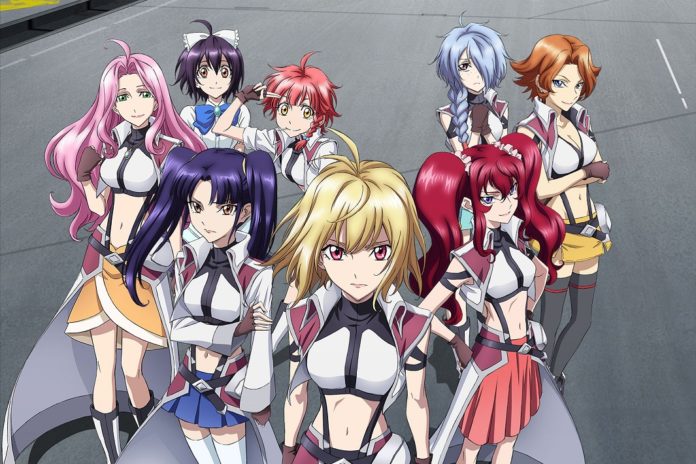
Comments
Post a Comment